Born in Kyoto in 1969, Kazuhiro Tsuji had a difficult childhood. Brought up by an abusive mother and an alcoholic father, he spent much of his youth alone making things. In his mid-teens, he became interested in special effects makeup after seeing a magazine article about legendary artist Dick Smith. The man famed for movies such as The Godfather and Taxi Driver became Tsuji’s mentor, and put in a good word for him with special effects creator and seven-time Academy Award winner Rick Baker.
In his late twenties, Tsuji got his big break in Hollywood when Baker sponsored him to work on the action comedy Men in Black. The pair then collaborated on several movies including Click and Norbit, both of which earned the Japanese man Oscar nominations. As one of the most in-demand makeup artists in Hollywood, Tsuji went on to craft the silicone model of Brad Pitt’s head to artificially age him via CG for The Curious Case of Benjamin Button, transformed Nicole Kidman into an elderly Martha Gellhorn in Hemingway & Gellhorn, and turned Joseph Gordon-Levitt into a young Bruce Willis for Looper.
“Tsuji had grown tired of the film industry and quit in 2012 … Then Gary Oldman came calling”
Yet despite his burgeoning reputation, Tsuji had grown tired of the film industry and quit in 2012. Since then his focus has been on fine arts. He uses materials such as resin and silicone to construct hyper-realistic three-dimensional portraits of famous people that are twice life size. Finding his art more satisfying than working in commercial films, Tsuji had no interest in returning to the silver screen.
Then Gary Oldman came calling. The British actor felt Tsuji was the only person capable of making him look like Winston Churchill for Joe Wright’s epic Darkest Hour, and was only prepared to take the role if the Japanese artist did his makeup. Tsuji agreed, and the two men picked up Academy Awards for their efforts (Oldman winning the Best Actor accolade, while Tsuji along with David Malinowski and Lucy Sibbick triumphed in the Best Makeup and Hairstyling category). While he isn’t ruling out doing more film work in the future, sculpting remains Tsuji’s main passion. During TW’s recent conversation with the 48-year-old, we focused on his lifelike creations, asking how he chose his subjects. Here’s what he had to say…
 Dick Smith
Dick Smith
Special effects makeup artist who won an Oscar for his work on Amadeus
“Dick was like a father figure to me. I first met him at 17 and was struck by his selflessness. I didn’t get on with my parents, and had never met an adult like him. He advised and encouraged me without asking for anything. I couldn’t properly repay that kindness, but to say thanks I did the portrait as a surprise for his 80th birthday in 2002. He was already emotional as I’d read him a letter expressing my gratitude. He then cried again when I showed the sculpture and kept repeating how beautiful it looked and how he could never do anything like that. In the summer he always wore either a pink or blue striped shirt. I went with blue for the sculpture and fortunately it was what he was wearing that day. Dick died in 2014, but his creations live on. His work was incredibly realistic yet had its own style. Rick Baker was the only other person in the industry with that kind of quality.”
 Abraham Lincoln
Abraham Lincoln
America’s 16th president who issued the Emancipation Proclamation and delivered the iconic Gettysburg Address
“I first saw Dick’s work in a magazine called Fangoria. He was applying makeup to Hal Holbrook for the TV series Lincoln. I tried to create a similar look on myself and sent the results to Dick [after finding his postal address in the same magazine]. It looked strange, so I won’t be trying it again, but that period sparked my interest in both special effects makeup and Abraham Lincoln. He was bipolar and suffered from depression yet was one of the most influential leaders of all time. He also had such a unique face. I’ve long been fascinated by him and decided he would be my first project after quitting the film industry. I felt a greater sense of accomplishment with this sculpture than anything I did in the movies. That feeling grew when I saw an African-American lady crying in front of the portrait because of what it meant to her.”
 Andy Warhol
Andy Warhol
A leading figure in the pop art movement who coined the phrase “15 minutes of fame”
“I was looking for the next subject and happened to stumble across a documentary about Andy Warhol. To be honest, I’d never previously been interested in his work, but watching the show I was inspired by his achievements. It made me think that anything was possible, and your worst enemy is yourself.
His character changed after he was shot [by radical feminist Valerie Solanas], and I thought it would be interesting to create two stages of his life; before and after that incident. From this project on I also started paying greater attention to the pedestal to create a whole art piece. With the Warhol sculpture it looks like ink being poured onto a surface, which is something he did as part of his silk screening process. I also wanted to convey his ego melting away as he got older.”
 Salvador Dali
Salvador Dali
A Spanish surrealist painter renowned for his explorations of subconscious imagery
“I’ve always loved Salvador Dali’s work, especially ‘Soft Construction with Boiled Beans (Premonition of Civil War).’ I did his sculpture in 2014 and you can see how I borrowed from that painting for this project. It was the year Dick passed away so at the time I was thinking a lot about the end of a person’s life, and Dali’s challenging final years came to mind. His nervous system broke down and he got badly burned in a fire, but I believe his ego kept him going. What I therefore tried to convey with the pedestal was Dali choking himself, yet at the same time trying to hold on to life. Some people think it looks like a penis sticking out at the bottom so, of course, the interpretation is up to each individual.” [Laughs]
 Frida Kahlo
Frida Kahlo
An influential self-portrait artist and feminist icon who explored questions of identity, postcolonialism, gender, and race
“I wanted to sculpt a female and the idea of Frida came to me. She was someone I have massive respect for, not only because of the amazing paintings, but also her intelligence and passion. I wish I could live my life the way she did. At the same time, she had to go through some horrible experiences and was quite a tormented soul. This is reflected in works such as ‘The Wounded Deer’ and ‘The Two Fridas,’ both of which I love.
With this piece, I tried to show her strength and vulnerability with an arm coming up to try and comfort her. Ron Mueck, whose fine art sculptures are incredible, told me he was impressed by the way I was able to show the different sides to her character. To get that kind of feedback from such a talented sculptor is very rewarding.”
 Mark Ryden
Mark Ryden
Dubbed “the godfather of pop surrealism,” he is the best-known artist to emerge from the underground visual art movement known as Lowbrow
“He’s an incredibly talented individual and I was particularly impressed with his set and costume designs for the American Ballet Theater production Whipped Cream. Having said that, I was initially hesitant with this one as he was, and still is, very active. I thought as a subject he might be too modern.
After meeting him, though, I felt more positive. He came across as a somewhat introverted individual, yet when it came to work you could sense his confidence. I related to that. He’s also a big fan of Abraham Lincoln and, like Andy Warhol, started out as a commercial artist before moving into fine arts. Again, I could feel a connection there. He said he was very happy with the portrait, which was a relief because I was concerned about how he would react.”
 Robert Crumb
Robert Crumb
A distinctive and satirical cartoonist who’s said to be obsessed with large rear ends
“This was a commissioned piece. I’d previously seen a documentary about Robert Crumb and though I didn’t care much for the cartoons, I respected his portraits which looked fantastic. Whenever I do a sculpture I need to feel some kind of empathy with the subject, and the more I researched Crumb the more I found myself agreeing with many of his opinions. I also liked his nonchalant attitude towards life. He would give his views then laugh about it, which is quite charming. I felt it was important to emphasize his broad grin. The idea was then to have his head coming out of a big ass, like something you’d see in his drawings. Based on his tastes I guessed he would appreciate something like that, but I’m not sure if he’s ever seen it.”
For more information about Kazuhiro Tsuji and his work, visit kazustudios.com
This article was originally published in the May 2018 issue of Tokyo Weekender magazine.
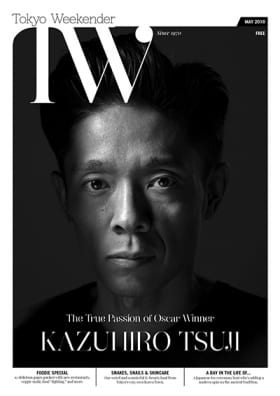
Updated On April 26, 2021

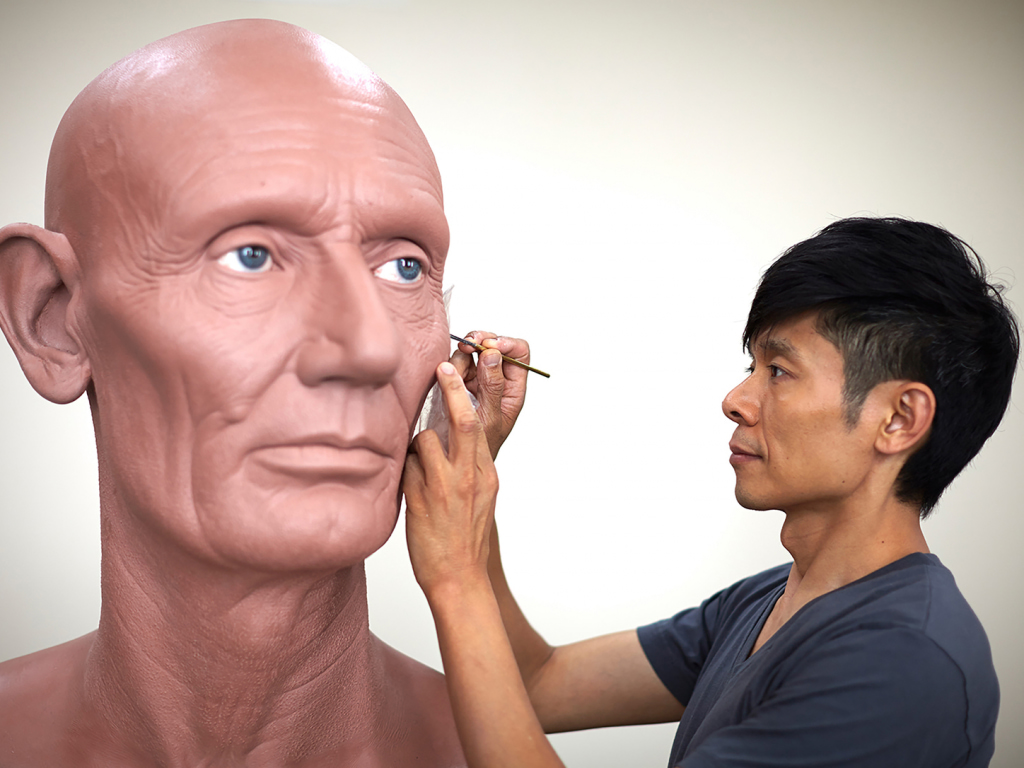
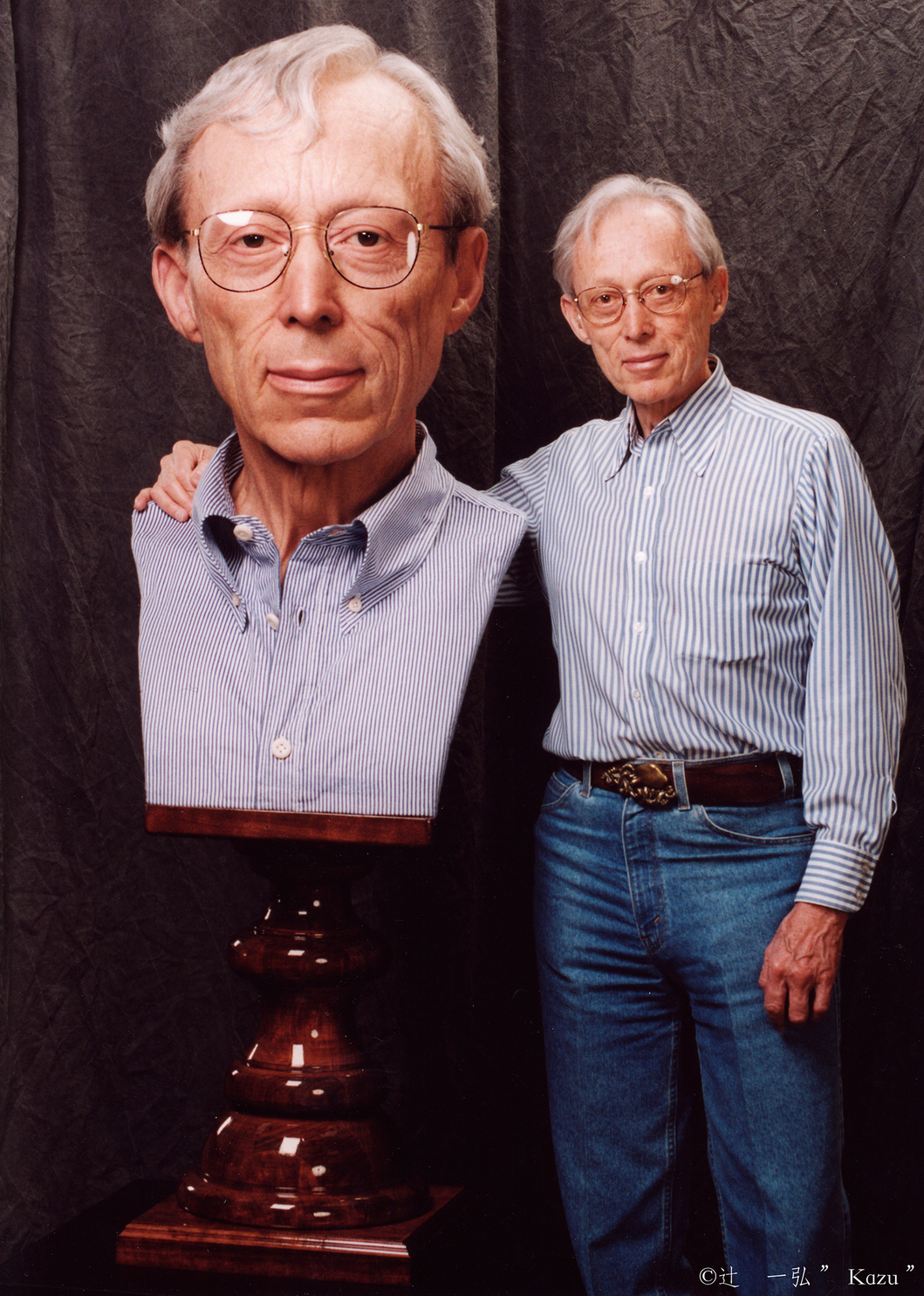 Dick Smith
Dick Smith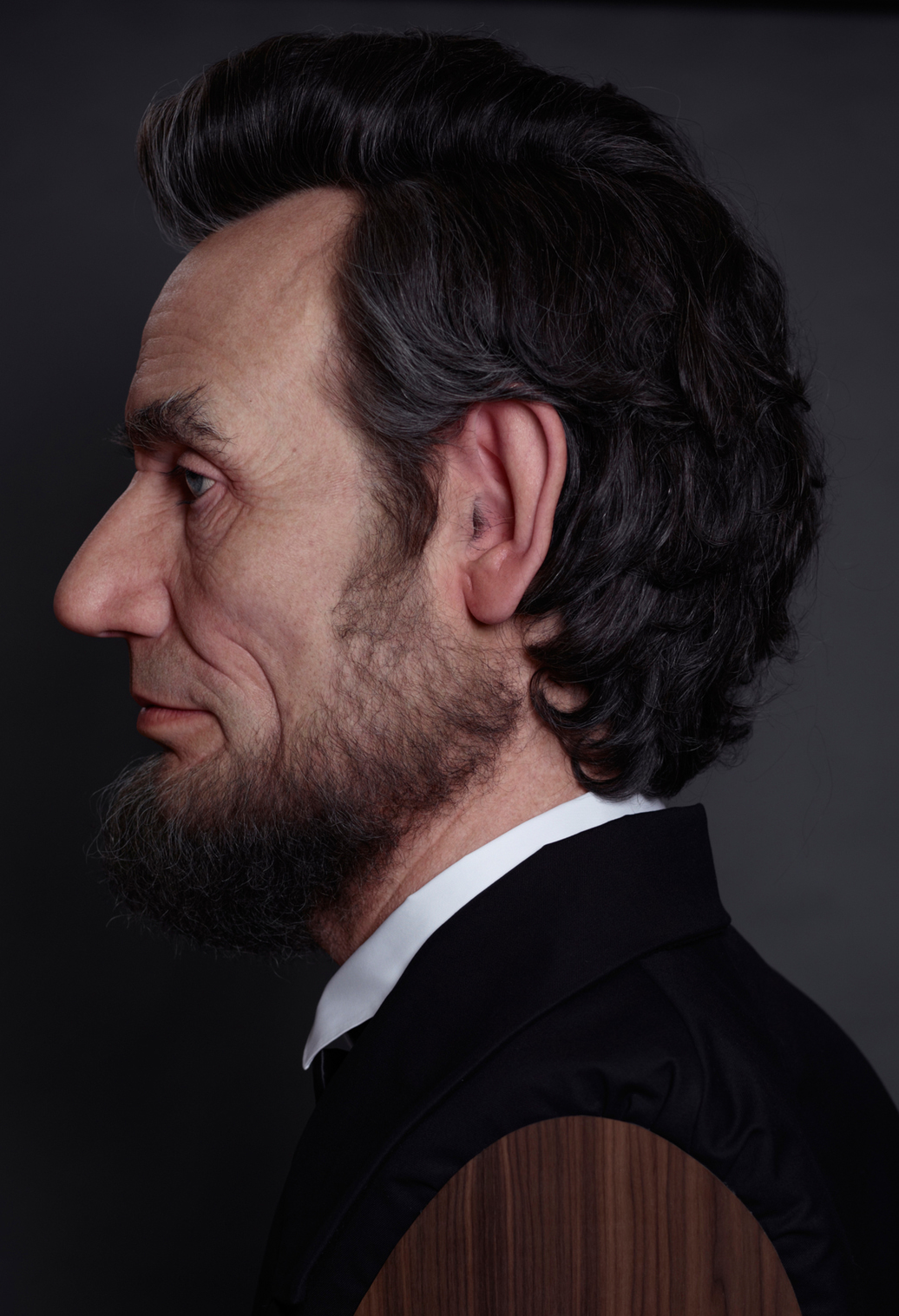 Abraham Lincoln
Abraham Lincoln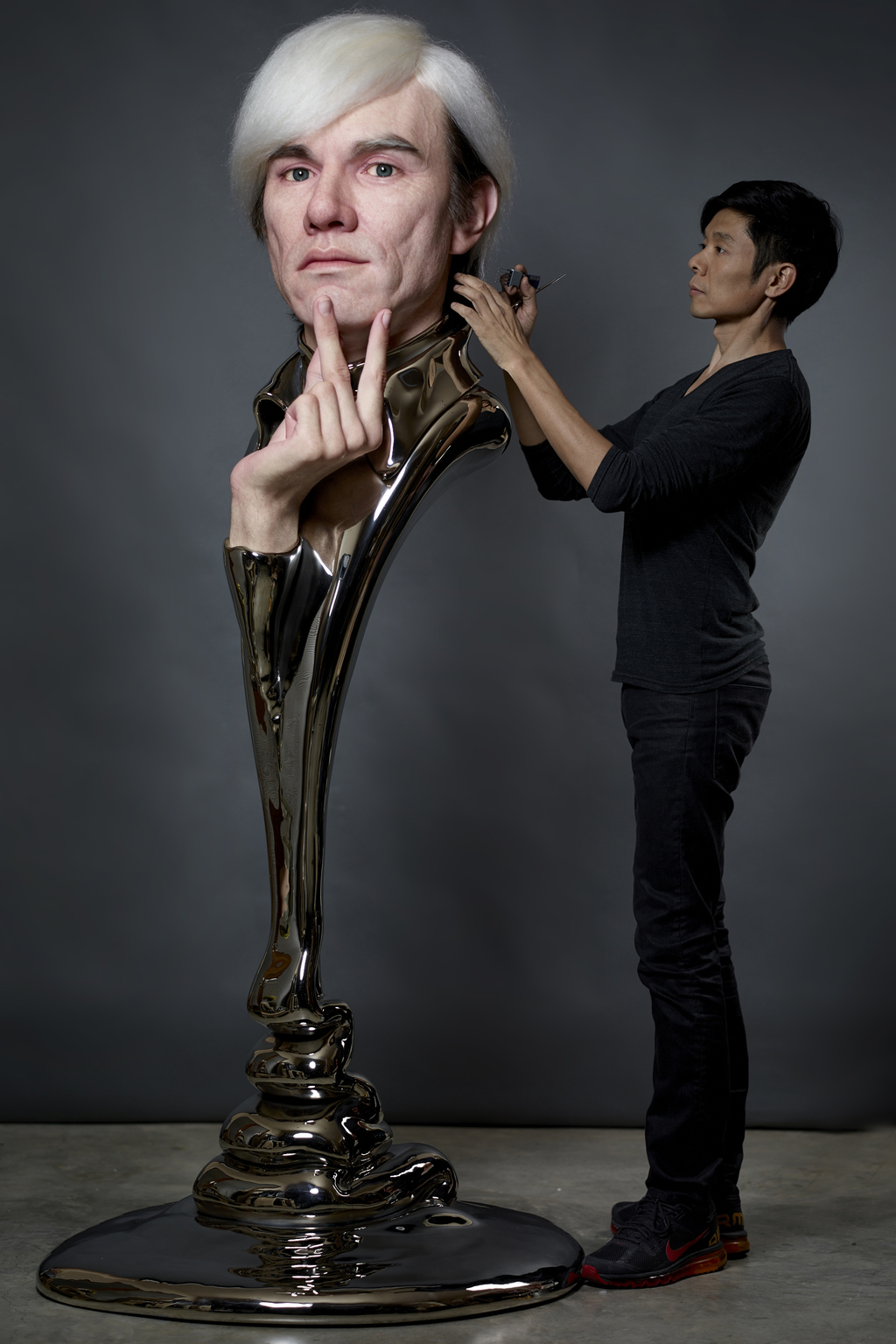 Andy Warhol
Andy Warhol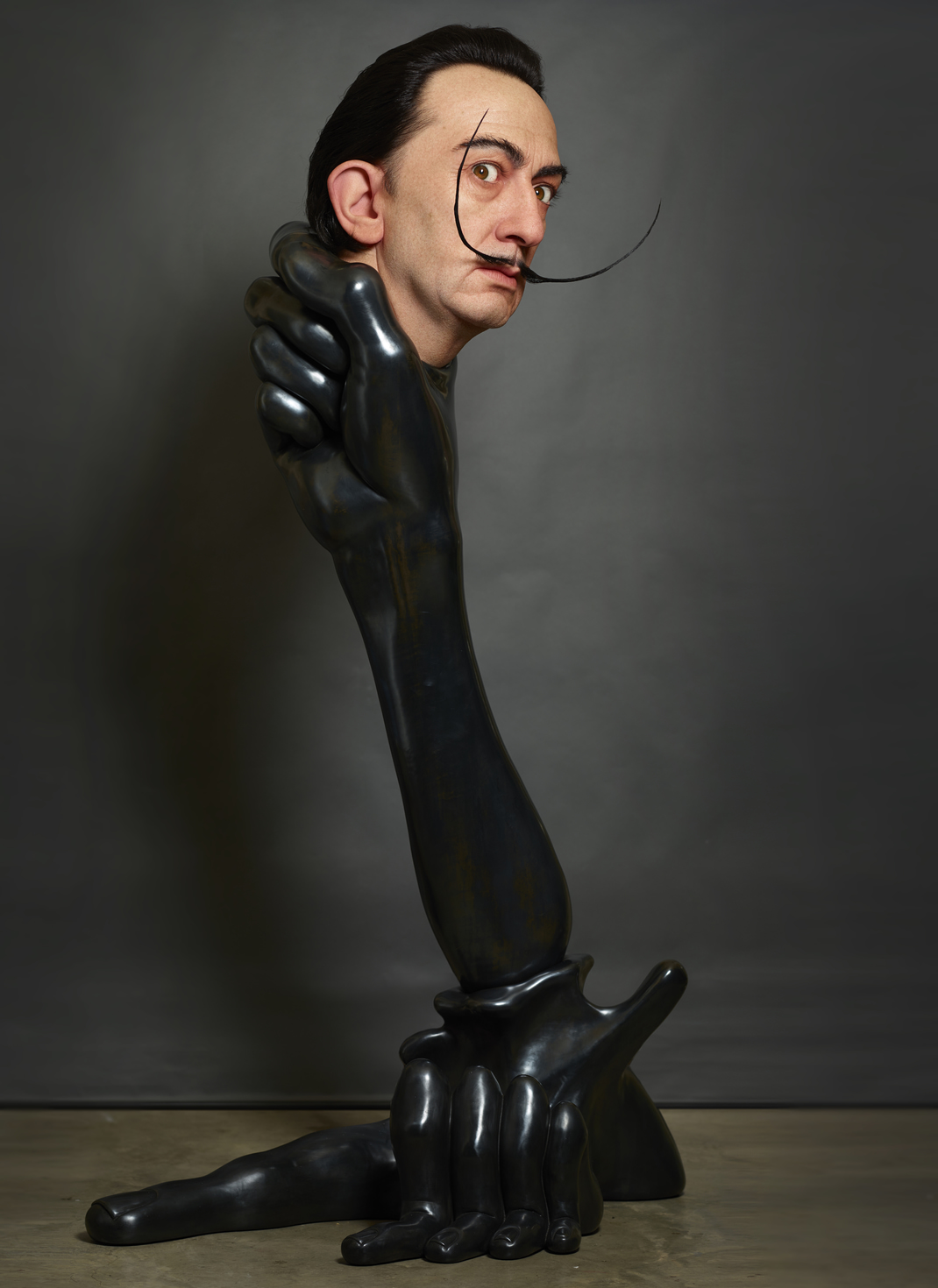 Salvador Dali
Salvador Dali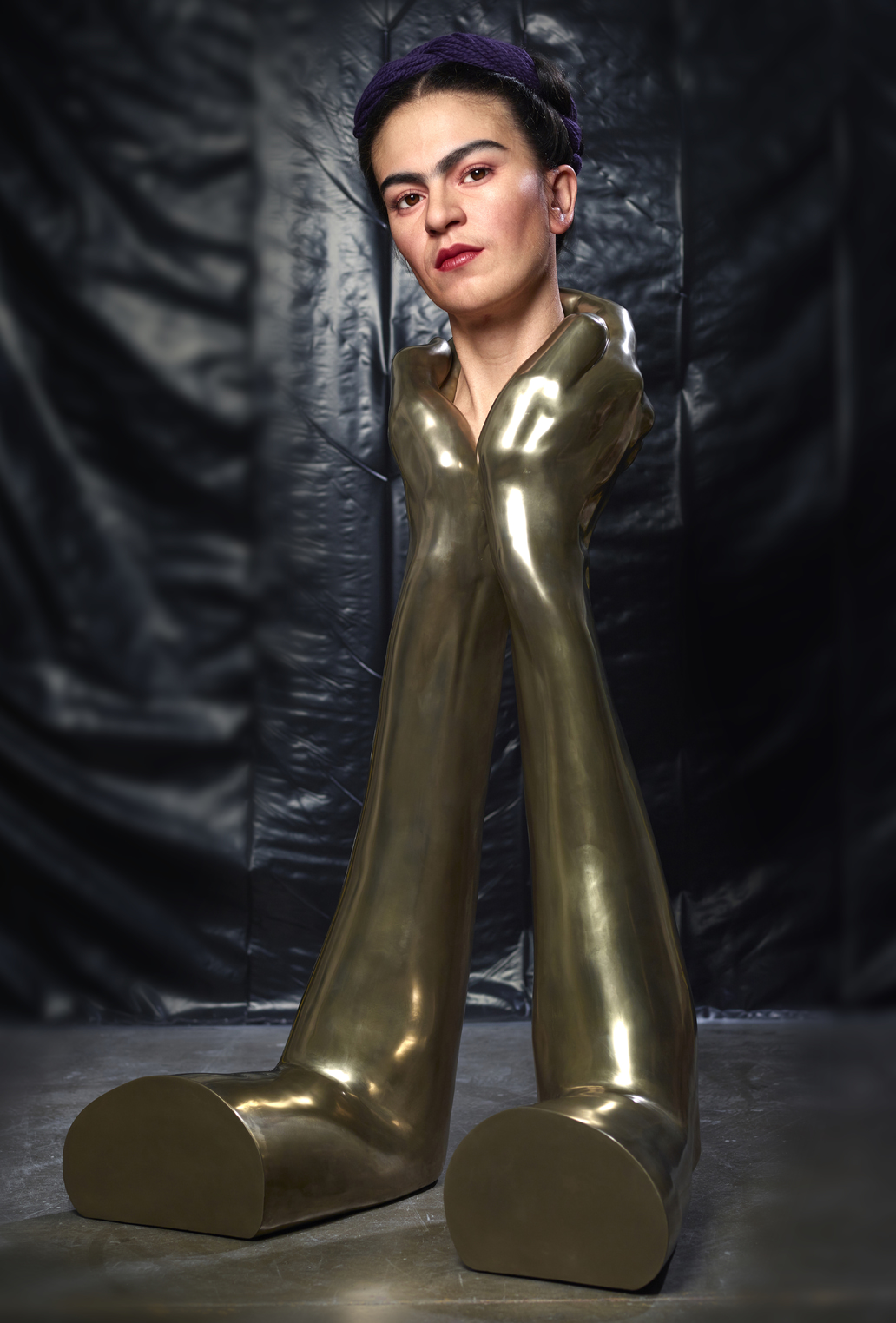 Frida Kahlo
Frida Kahlo 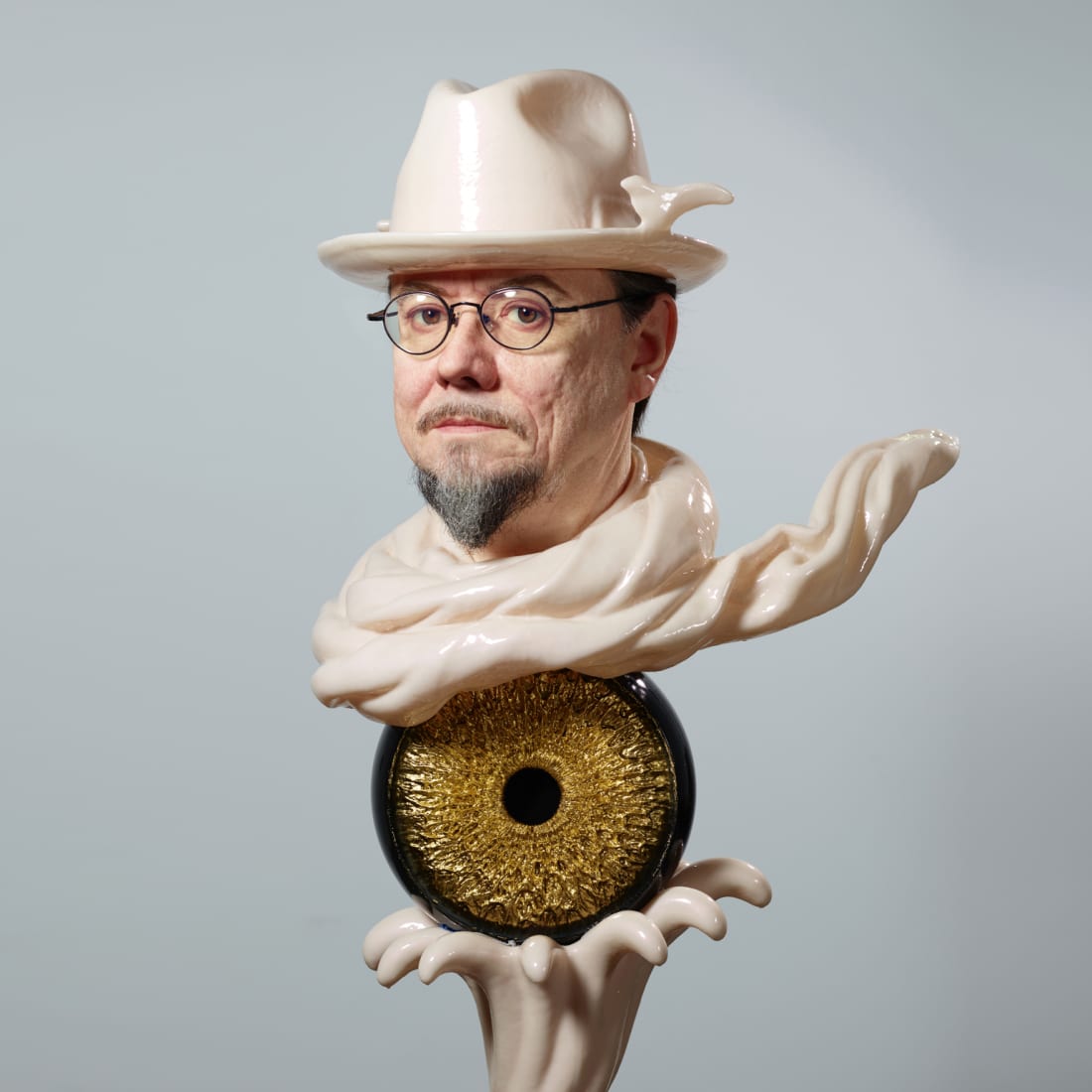 Mark Ryden
Mark Ryden 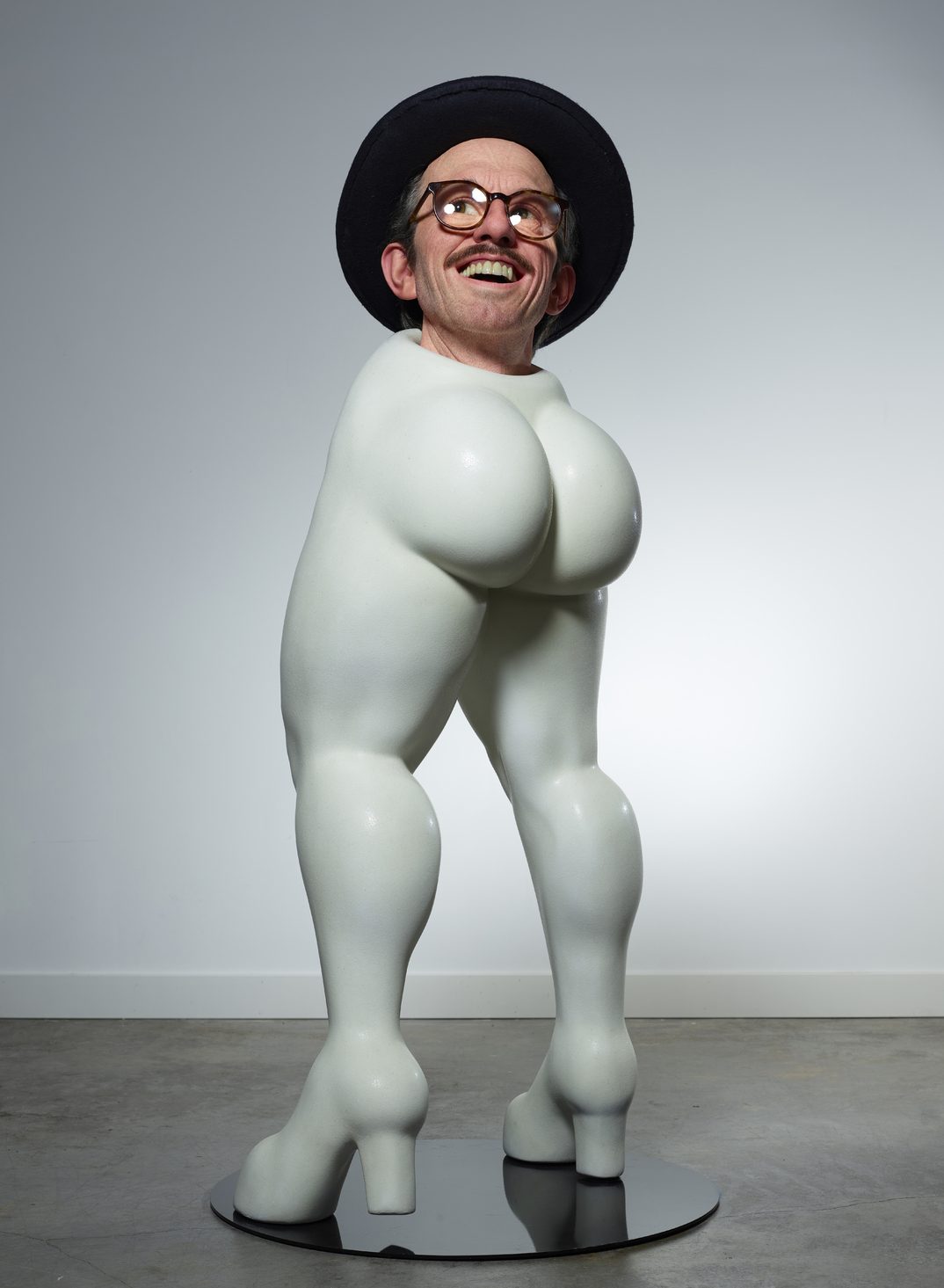 Robert Crumb
Robert Crumb 






